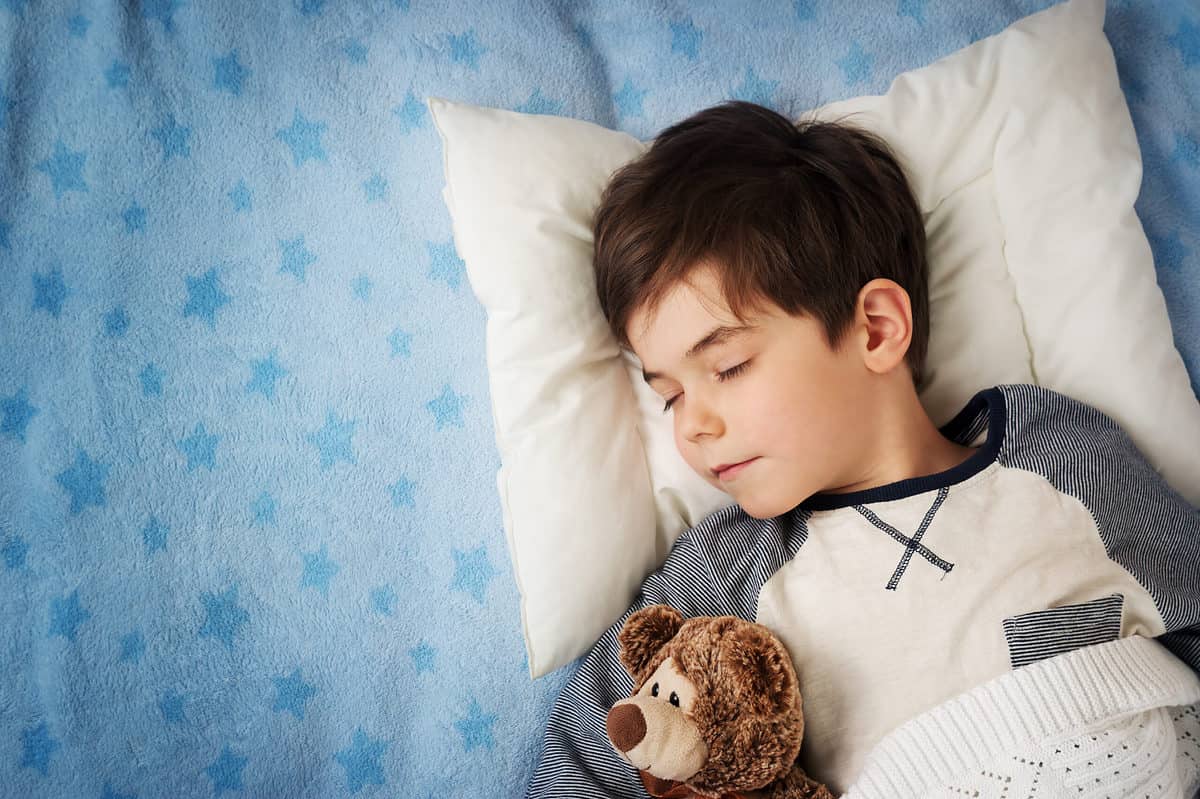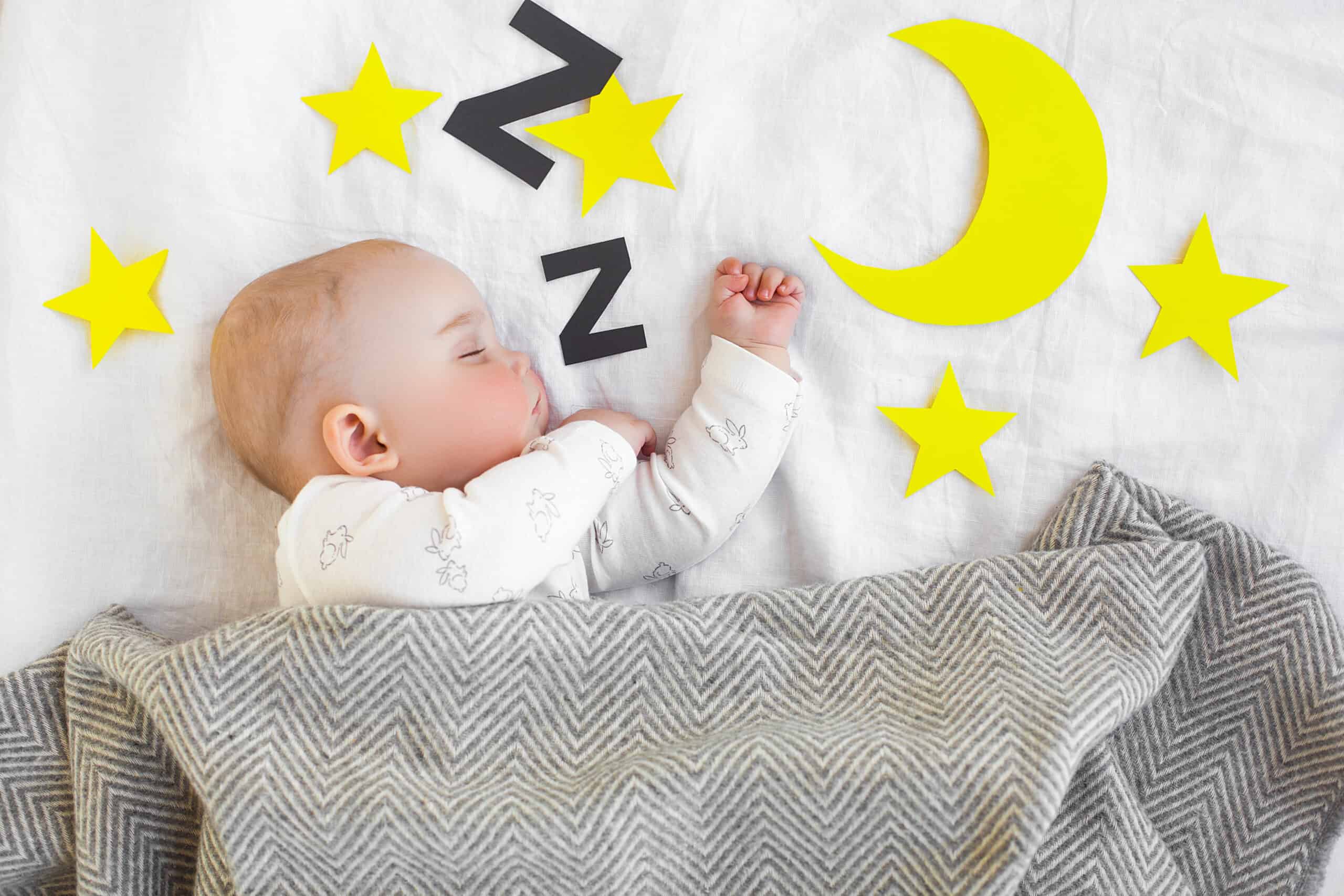It is an incredible moment in your child’s life when they go from the crib to their own special bed and it can be tough for parents to see their baby growing up so fast. However, this is an important transition in everyone’s life, so it must be handled properly so that your child is comfortable and confident going forward. In this article, we will talk about the signs that your toddler can sleep in a bed, how to ease the transition, and how to find the best bed for the big move.
Key Points
- If your toddler is able to crawl out of their crib on their own, or if their chest is higher than the crib bar, it's time to upgrade them to a toddler bed.
- If your child is still prone to waking up a lot at night or is inclined to try to wander in the night, it's not quite time for them to upgrade to a proper bed.
- Most toddlers are ready for their own bed between eighteen months and three and a half years.
When Your Toddler Can Sleep in a Bed
Parents will find that every child is different, so there is no exact month when your toddler will officially be ready to sleep in a bed. However, most toddlers will transition to their own beds between 18 months and 3.5 years. It all depends on how well they currently sleep at night, their interest in moving to a bed, and other miscellaneous factors.
As a parent, it is important to pay attention to the signs that your child is ready for this change. Luckily, there are many indications that can make it clear that you can start the transition.
Signs That Your Toddler Can Sleep in a Bed

If your child is excited when they see a bed then it may be time for the transition.
©LeManna/Shutterstock.com
There are numerous signs that parents can watch for. They include emotional and physical milestones, such as:
- Your child is able to crawl out of their crib on their own.
- Your toddler may be at the age where they have shown a visible interest in sleeping in a bed.
- They might get excited when they see a bed, or they are at an age where they ask to start sleeping in a bed.
- Their chest is higher than the crib railing. The general rule is that even if they cannot crawl over the railing, if their nipples line up with the top of the crib when they stand, then it is probably time to move them to a bed.
- They are fully potty-trained or are working towards the skill. This is especially true if they have transitioned out of underwear and into training pants, and they will need easy access to the bathroom.
Signs That Your Toddler May Not Quite be Ready
There may be a case where your toddler shows one or several of the signs above, and you decide to start transitioning your child to a bed. However, you might soon see signs that they are not as ready as you once thought. Those signs include:
- Your child gets out of bed numerous times per night.
- They are suddenly taking a long time to fall asleep at night.
- They begin wandering around the house instead of staying in bed.
- They’re unable to fall asleep in bed.
If your toddler is not quite ready, you can move them back to the crib and wait a month to try the process again. You can also try easing them into the transition by having them get used to sleeping in a bed during mid-day naps and see if they take a liking to it at night as well.
How to Ease the Transition Once Your Toddler is Ready to Sleep in a Bed

Ease the transition to a bed by making bedtime fun.
©HappyTime19/Shutterstock.com
There are many tips and tactics that you can try to make the transition easier and ensure that your toddler can sleep in a bed without the risk of regression or the possibility of constantly waking up overnight.
Let Them Choose Their Bedding
Since this is a new experience for your toddler, you can make it easier by trying to make it fun, and one way you can do that is by letting them choose their own bedding. Help your toddler to be a part of the process by bringing them shopping and showing them options that may feature their favorite color, cartoon character, or animal. You might even buy them a new stuffed animal to sleep with in their new bed.
Make It Fun
There are also numerous ways that you can make this transition fun, so they are excited about jumping into their “big kid” bed. You can read them their favorite book as they crawl under the covers or take photos of other members of the family happily lying in bed and show them how exciting it is. During the day, you can also get them excited by saying things like, “who is excited to sleep in their cool new bed tonight!”
Reward Their Good Behavior
Although they likely won’t jump in bed and sleep soundly the very first night, if they try their best, then reward them for their good behavior. You can make a chart and give them a sticker for every night they sleep in their bed without a lot of fuss. If they don’t sleep in their bed one night, don’t punish them, but encourage them to try again.
Once your child has slept in their bed for a few weeks without fuss, then begin to transition them out of the rewards system. It's important that your child learns that sleeping calmly in a bed is an expectation, and not a choice. While a rewards system can help transition them from crib to bed, it shouldn't be a long-term part of their bedtime routine. If your child is unable to sleep calmly and without fuss after a couple of months, it may be a sign that they aren't quite ready to upgrade to a bed.
Keep the Same Bedtime Routine as Before
You don’t want to make the transition too jarring, or your toddler may get scared easily. Instead, keep the same routine that you have when they go to bed in their crib and use it when they go to sleep in their bed. That routine might include singing a lullaby, then reading a book and rubbing their head as they fall asleep. Do the same thing when they lay down in their new bed, and the transition should be much easier.
If sleeping in a bed requires them to adopt a new aspect to their routine, introduce it slowly and patiently. For example, if you want your child to begin learning how to straighten their bed, introduce this slowly. Maybe start by having them fix their pillows in the morning, and then move to straightening their sheets once they've had some time to get used to fixing their pillows.
Remember to be Patient
No matter what happens, try to be patient with your toddler as they go through this incredibly important transition. There will be some nights when your child may wake up once, twice, or several times per night. Do not get angry or punish them; instead, encourage them to go back to sleep. If that night, they will only sleep if they are back in their crib, then let it go and try the process again the next night.
Just keep in mind that it may take a while before your toddler can sleep in a bed comfortably. In some cases, the entire transition may take a few weeks to over two months. However, it is important to stick with it, and you will succeed. Just remember- if your child is unable to sleep calmly in a bed after a couple of months, it may be a sign that they aren't ready to transition to a bed yet. If this is the case, continue having them sleep in their crib and try again in several months or when you think they're ready.
Ensure Your Child Proofing Precautions are in Place
Since you are unlikely to be sleeping in the same room as your toddler, it is important that you are providing a safe environment in case your child gets out of bed and starts moving around their room or the house.
Ensure that all furniture is secured to the walls, that all electric outlets are covered, that there are not any loose wires in the bedroom, and that the windows are locked. Also, make it a point to position the bed so that the headboard is tight to the wall, so your toddler doesn’t get their head stuck. Finally, make sure that the bed is not too close to shelving or anything that could fall onto the bed while they sleep.
Keep your toddler's toys away from reach when they're supposed to be sleeping. Not only will this eliminate a possible distraction that could keep your child from sleeping, but it will remove any possible hazards that could come with a child playing unsupervised.
Choosing a Bed
Another important consideration you will want to make is how you choose their first bed. You can’t let them sleep with you because toddlers are very active sleepers that can easily fall out of a standard bed.
Safety
Instead, choose a bed with the proper safety features, including guardrails that will keep them from falling off. The rails should be similar to those on the crib, so there is no chance at all that they can supply roll off the side. You might consider finding a bed that has removable guardrails so they can be removed later on to resemble a standard bed.
The Mattress
While the colors of the bed should be appealing, you also need to think about the comfort of your child, especially as they get used to sleeping in a new place. In most cases, a mattress made of foam or innerspring coils will be comfortable and last a long time. Latex is often even more comfortable, but it can be costly.
If your child is sensitive or has allergies, then you may want to consider a hypoallergenic option. Mattresses of this type often repel the common allergens, scents, and VOCs (volatile organic compounds) that can cause issues.
In the case that your toddler is still potty training and may have an accident overnight, you may want to look into a mattress made out of waterproof materials.
No matter what you choose, most mattresses typically last seven to 10 years, so you won’t be due for another one for a long time, if ever.
Conclusion
As you can see, there is a lot to consider when it comes time to determine if your toddler can sleep in a bed, but by staying patient and trying the tactics described today, you can make it a relatively easy transition.
The image featured at the top of this post is ©Olena Chukhil/Shutterstock.com
